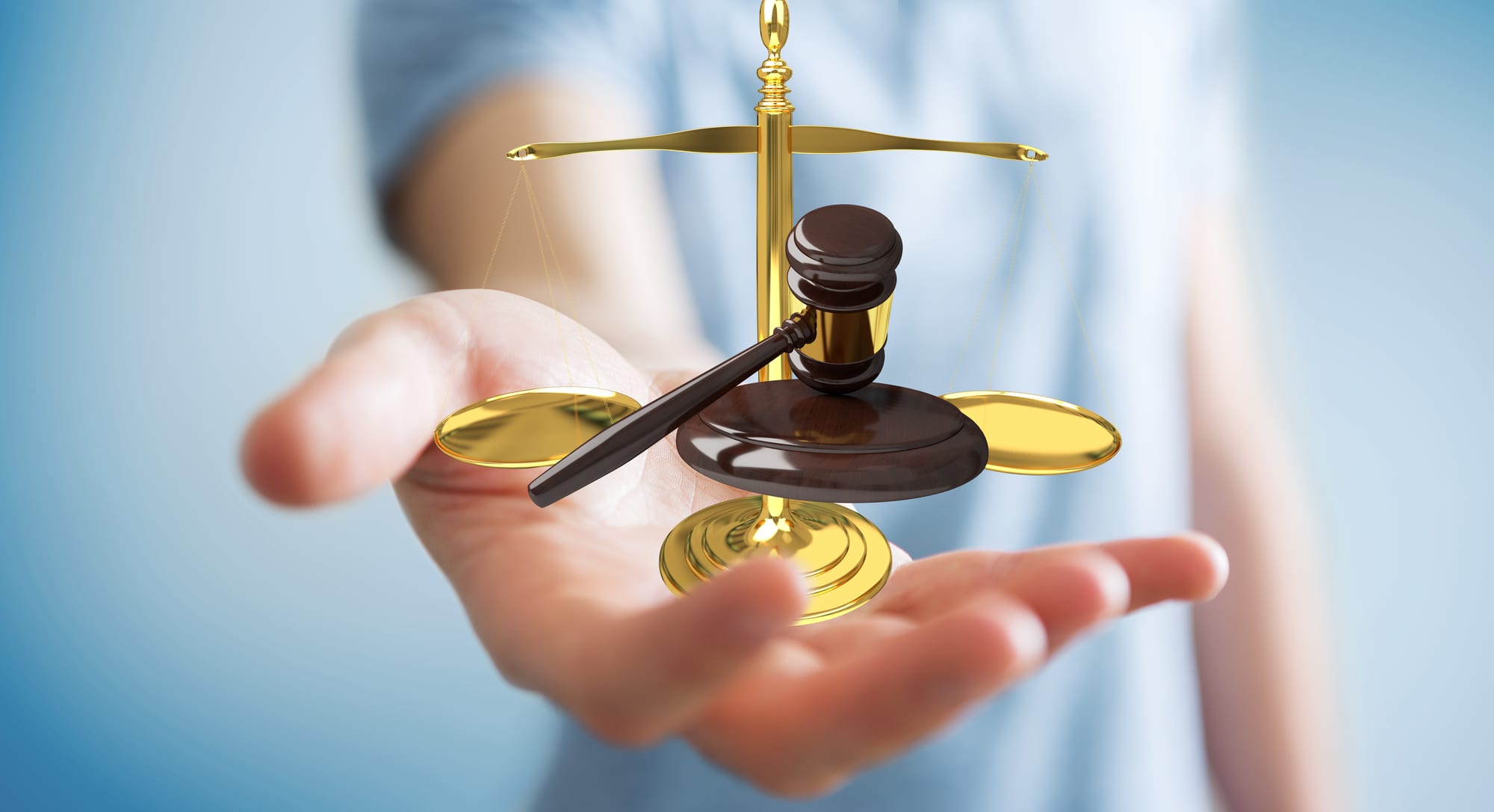Business litigation usually arises out of disputes between two or more businesses. Sometimes, such disputes are inevitable and litigation is the only way to settle such disputes. It is, therefore, a good idea for anyone who owns or runs a business to be aware of the general process through which they would need to go through, in the event that they end up facing a business-related lawsuit.
The general procedure or steps through which a litigation process generally goes through are as follows:
- Pleadings
- Discovery
- Trial
- Appeal
Nonetheless, either party involved in the litigation process can voluntarily stop the process by settling out of court at any point in time. And as a matter of fact, it should be noted that the majority of litigation cases are usually settled before they go to trial.
-
Pleadings
Each party in a business litigation case will have to file initial papers, that are known as “pleadings.” These papers detail and describe each party’s side of the dispute, and what each is claiming.
The Complaint
A business litigation starts when the plaintiff files a complaint in court and delivers a copy of the complaint to the defendants formally. The complaint will explain what the defendant failed to do or did that resulted in harm to the plaintiff, and the legal foundation for holding the defendant liable for the harm.
The Answer
The defendant has a specific amount of time to file an answer with the court in response to the complaint. The answer is basically the defendant’s side of the dispute. Usually, the defendant can also file counterclaims against the plaintiff and claim that it was indeed the plaintiff who caused harm to the defendant, and therefore should be held responsible for that harm.
-
Discovery
Detailed case preparation is vital for any successful business litigation. Discovery is the process by which the two parties collect pertinent information from third parties or from each other. Document review and organization, research of the law, and witness interviews help clients and litigation lawyers assess the merits of claims and defenses. The key issues of the dispute determine the extent to which these and other steps are required.
Motions
Before the trial begins, the parties in the dispute can use motions to ask the court to act or rule. Motions normally relate to facts in the case or law. However, at times they seek resolution or clarification of procedural disputes between parties. Some of the motions, like the motion of summary judgment, asks for the court to dismiss part of the complaint or a defense, or even dispose of issues of the case without a trial. Other motions can ask the court to order a party to exclude evidence from a trial or produce documents.
Timing
The lawsuit’s duration will depend on the issues of the dispute, the amount of discovery that will be carried out, and court availability and scheduling. Usually, the parties guided by the rules of the court will decide the timing of the discovery. The trial dates are set by the court.
-
Trial
During the trial, the parties will present their evidence to support their claims or defenses to a judge. Just before the trial, each party will provide the judge with a document that is known as a “brief.” This document outlines the arguments and evidence that will be used in the trial. When the trial begins, each party will present its outline on the dispute in an opening statement. Then each party will present evidence.
Costs and Fees
The party that wins at the trial will file a motion asking the court to order the losing party to foot the costs of the case. Recoverable costs are usually defined by private agreement statute or rule, and usually, they do not include lawyers’ fees. Rarely do the recoverable costs cover all out-of-pocket costs that a party incurs over the course of the case.
-
Appeal
After the trial, in case a party is not satisfied with the outcome; it may file an appeal. The party will ask a much higher court to review the proceedings of the trial. The parties will present their arguments in the form of briefs to the appellate court together with the record of evidence from the lower trial court. Usually, the appellate court will review the case for legal errors only.
Except under very special conditions, the appellate court will never review the factual evidence or override the findings of a court. The appellate court will announce its decision on the appeal in a document that is referred to as an “opinion.” In case it finds that there was no error in the court proceedings, it will affirm the verdict. However, in case it spots an error, it will reverse the verdict and order the lower court to carry out a new trial.
Alternatives to Business Litigation
Business litigation alternatives usually save time and money; however, they may not result in a final resolution of the dispute. Below are a few alternatives to business litigation:
i. Settlement
It is recommended for parties with disputes to go for an out-of-court settlement. Settlement can be discussed by any of the parties during the litigation process and is usually cost-effective as compared to a trial.
ii. Mediation
The parties can negotiate a settlement on their own. Nonetheless, it is common to get outside help and use a neutral third party who acts as the mediator. The mediator will help the two parties discuss the strengths and weaknesses of the case, and encourage them to settle the case.
iii. Arbitration
In arbitration, the two parties present their evidence and argue the case in front of an arbitrator. The arbitrator will then decide the party that wins the case. Arbitrator’s ruling is binding and cannot be appealed.
justice hammer and weighing scales 3D rendering– stock image


